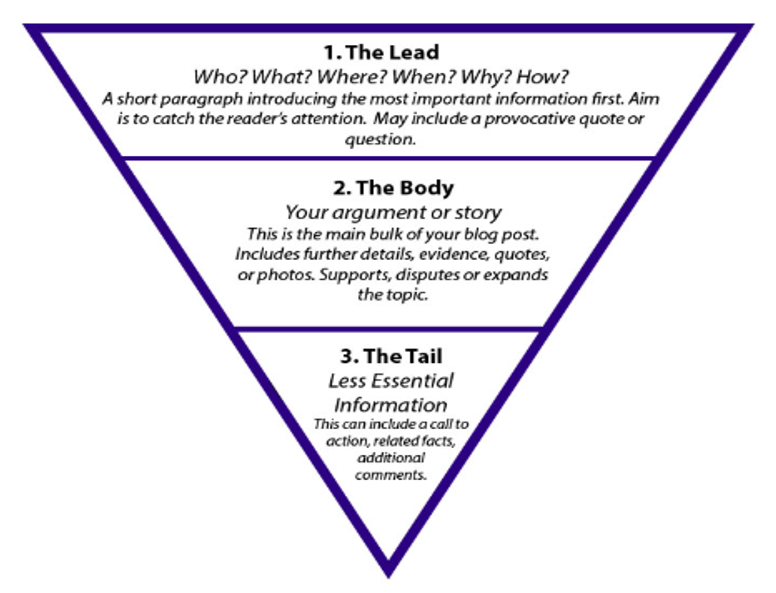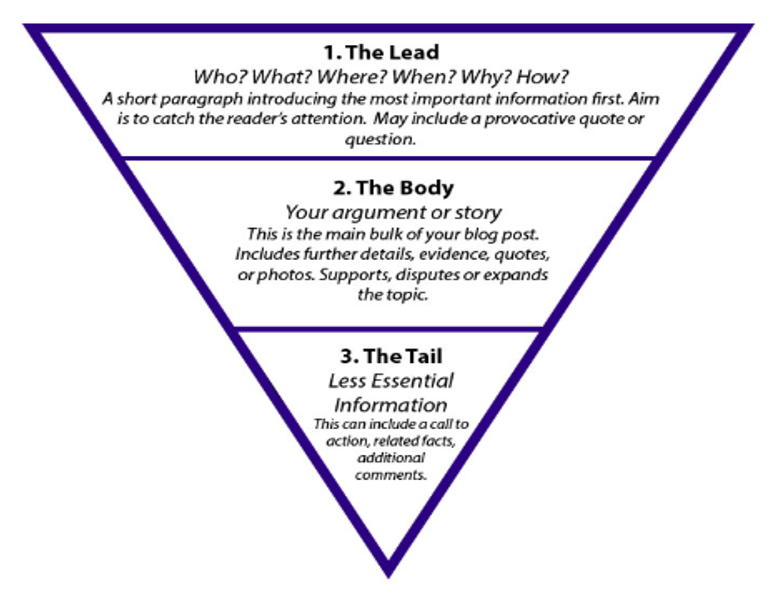
One of the best ways to create a successful blog post is to create a customer persona. This will help you develop the right tone and content for your posts. You should also consider including images in your blog posts. Below are some tips for creating the right customer persona. You can follow these tips to create the perfect blog post. Read on to learn more about these tips! And remember, writing a blog post is not as difficult as you may think.
Creating a customer persona
You can create a customer persona by looking at data from your website. Use tools like Google Analytics to separate your audience’s data into different demographics. For example, you can segment your audience by age, gender, and interests. Then, write a blog post for each segment, using that data to create your persona. Then, compare the responses to the persona you created.
Once you have defined your personas, it’s time to weave them into your bio. Create a photo of each persona, using free stock photo websites. You could also check out travel, lifestyle, and gourmet magazines for images. Once you have the images you need, make sure to add a photo of your customer persona. If you don’t have a photo of your potential customer, try to find a photo of them in an image gallery.
Once you’ve created your audience persona, you can use it to guide your content marketing strategy. Remember, you want to focus on the channels where your target persona hangs out, so it’s important to research their preferred social media platforms. It’s important to develop your buyer persona as closely as possible to the demographics of your target audience. It might seem overwhelming at first, but it will pay off in the long run. By creating a persona, you can eliminate much of the guesswork involved in content marketing, resulting in more organic traffic, higher engagement, and increased trust from your audience.
The customer persona can be thought of as an upside-down pyramid, starting with broadest information and then narrowing it down with information like income and location. As you refine your buyer persona, you’ll know what they like and dislike. Using this information will help you target relevantly. By creating a customer persona, you can accurately estimate their spending habits, as well as their motivations to spend money. Furthermore, a customer persona will help you understand where to reach them, how to reach them, and how to communicate with them.
Choosing a topic that interests you
Choosing a topic for your blog can be a daunting task. It is essential to understand your target audience, research the topic, analyze keyword search volumes, and make your blog topic appealing to readers. You should avoid topics that are too narrow or too broad for your blog, and choose a topic you know well. Your readers will appreciate your knowledge and enthusiasm. Here are five tips for selecting a topic for your blog:
Choosing a topic that holds interest for you: One of the most important tips for choosing a blog topic is to choose something that is likely to retain your reader’s interest for a long period of time. A topic should have a long-term appeal, a large enough audience, and enough content for you to write about for years to come. By choosing a topic that you are passionate about, you will never run out of ideas and knowledge. A good blog topic will allow you to connect with people from all over the world.
Before you choose a topic, you should research the competition and develop a unique approach. You should be aware of the competition, because similar blogs may have low traffic and profit potential. Choosing a topic that interests you is one of the most important things you can do to ensure that your blog will be successful. So, choose a topic that interests you and your readers! If you love the topic you chose, your readers will too.
Choosing a topic that interests you is a great way to generate more clicks and shares. While writing a blog is a great way to promote your business and build your brand, it can also be very time consuming. For this reason, it may be helpful to hire a writer with 20+ years of experience in digital marketing. They will be able to craft an informative blog for you with gripping headlines.
Planning out your blog post
Some bloggers feel that planning out their blog posts kills spontaneity, but in truth, writing with a plan is much easier. It saves you from having to keep everything in your head, or worry that you’ll forget to include the next three points. Without a plan, your readers may not finish reading your post, or worse, subscribe to your blog. But is it really necessary to plan out your blog posts? Here are some of the reasons why.
To improve your Domain Authority, you should cluster related blog posts. Clustering related posts shows that you’re an authority in your field. You can also use a free tool called CoSchedule’s Headline Analyzer to improve your headlines. You can also use this tool to plan out your blog posts with bullet points so that the content flows naturally from one section to the next. It’s a good idea to make sure that the topic of each blog post is related to each other.
Next, you need to plan out your writing in a way that makes it easy for you to read and understand. One method is to make a mindmap. You can do this on paper or with a blog-post-writing app. Basically, you should create a mindmap that contains the title and key points. You may add more information or links if necessary. However, if you don’t have enough time to write them, a mindmap will help you.
Finally, make sure you have headers on your blog posts. Headers help Google crawlers understand your blog better. Use H1 and H2 headings to cover your primary keywords, and use H3 and a sub-heading for your secondary keywords. Linking internally is important, but never forget to link to reputable websites that will help your readers expand their knowledge. By doing this, you are also letting search engines know that you did your research.
Including images
If you’re wondering how to include images in a blog, there are a few steps you need to take. First, check if the image you’re using is copyrighted or public domain. Public domain images are free to use and have no restrictions or attribution requirements. Creative Commons images, however, require attribution. To avoid legal issues, you should purchase a license from a site such as Shutterstock or Unsplash.
Once you’ve obtained the right license, you can then upload the image. Once uploaded, make sure to replace the code with the image’s height and width. You can also include a short description of the image. To view the HTML code of a blog post, you can use the offline version of Dreamweaver or a blogging service like Blogger. Once you’ve uploaded the image, you can assign it the proper image settings.
If you’re worried about the size of the image, keep in mind that it may look fuzzy if it’s only 300KB in size. Another factor to keep in mind is the speed of page loading. A page that takes too long to load may put your readers off. The longer the loading time is, the worse it is for your ranking in Google. To avoid this problem, you can strategically position images in your blog.
If you’re wondering what kind of images to use on a blog, quote images are an excellent choice. They can be a catchy way to illustrate a blog post without the need to include charts or graphs. With tools like Canva, it’s incredibly easy to make an image from any quote. Then, you’ll want to save it somewhere safe. Quote images are catnip on social media. According to the LinkedIn team, images with faces and quotes get a much higher engagement than a blog post containing only statistics.
Using a keyword research tool
Using a keyword research tool to write your blog can help you to find the right topics to focus on. You can choose to focus on a niche or write about a general topic. Then, you can use a keyword research tool to find related search terms. Here are some examples of free tools:
Ubersuggest: Similar to Href, Ubersuggest is a free keyword research tool. Compared to its competitors, Ubersuggest provides accurate keyword difficulty scores. This boosts your morale and gives you an idea of how difficult your chosen keywords are. However, it does not share backlinks to your webpages, which may have negative effects on your ranking. Hence, using a keyword research tool before writing your blog is recommended.
Google Analytics: If you have a blog and want to understand what people are searching for, you can use Google Analytics to get insights on the keywords people are using to find the content they are looking for. Keyword research tools like Google Search Console provide you with a range of keyword data, including average position, number of impressions, and click rate. These are valuable insights for writers and bloggers, and it will give you ideas for new blog posts. In the long run, you will gain more traffic, which will translate into more leads and more customers.
Using a keyword research tool to write your blog can make a huge difference in your overall success. One post can bring in tens of thousands of visitors, while another may get 100 or less. However, a targeted post can bring you a steady stream of revenue for years to come. Some big information products pay up to $500 commission, which can easily pay for a year’s worth of keyword research tools.
If you want to learn how to write SEO content that will help you get paid by clients, then this is the course for you! Learn all about the ins and outs of writing great SEO content, so you can start making money right away. Click here to learn more
Did you miss our previous article…
https://thewritersden.top/?p=139
